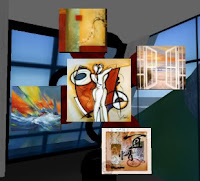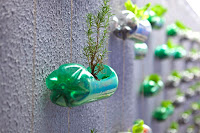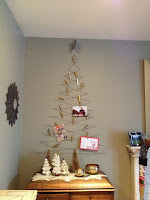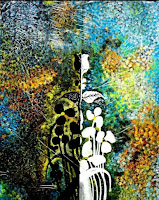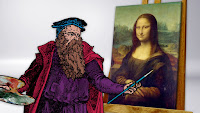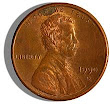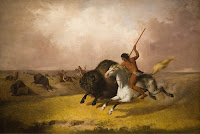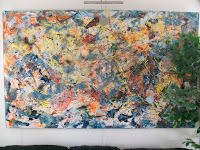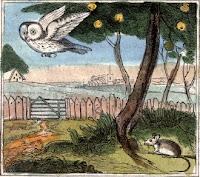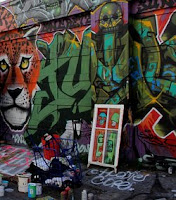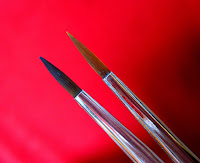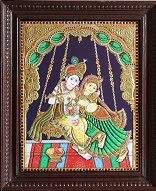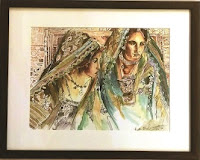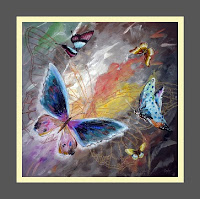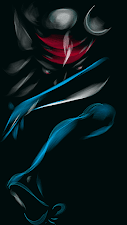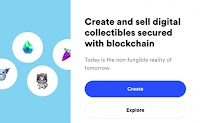Art! It brings an element of vibrancy into your home or office. Choice of art often reflects your Aesthetics.
Your choice of art often reflects your own personality, your tastes, your aspirations… little wonder then that not only the choice of art, but also its display requires a lot of thought.
Articles For Paintings
Placement: Where you place the painting depends on the subject and composition of the work and which room you determine would suit the mood of the painting best. However, that is not the only consideration; one even needs to consider which wall the painting is placed on. It is always advisable to place paintings on a wall that is a dividing wall within your home rather than on the perimeter. The simple reason is that the perimeter walls are more subject to temperature fluctuations and also the possibility of water seepage. These could result in fading of pigments, cracks forming in the canvas and increased yellowing of the varnish. If you would still need to display the painting on the perimeter wall then it would be prudent to place rubber or plastic behind the frame so that the work is not in direct contact with the wall.
Displaying a painting above fireplace will expose it to extremes in temperature and soot and is a strict no, no. The same applies to having the painting above heating and air conditioning vents. Avoid areas of high humidity like the bathroom. The kitchen is another room which should not host artworks, the steam and fumes of cooking are bound to ruin the colors over time.
Framing: The choice of frame can detract or enhance the painting. It is essential that the frame should compliment not just the painting but also the décor of the room where it is placed. Normally smaller paintings need to be displayed with a mount. If you have a large wall, a museum style framing would help cover a larger area. A dark frame is normally advised for smaller works which help to bring the artwork into focus. For larger canvas works, keeping them on the stretcher would suffice, but they need to be checked regularly for signs of moisture or dust.
Visit Artzyme.com, India's fastest growing original Painting portal where you will find framed as well as unframed options.
Lighting: It's a known fact that direct lighting can harm the paintings and cause the colours to fade. While the commonly used 'picture' lamps are popular, they cast a harsh glare which heats the painting unevenly. It is always best to have an indirect light source highlight the artworks, in the form of recessed lighting or spotlights in false ceilings. While using halogen lamps be aware that these emit a high level of ultraviolet light which damages artworks and hence should be installed with a UV filter. If the option is available, use tungsten lamps instead.
You may select exclusive range of Paintings by Eminent as well as Emerging artist on different mediums (viz. Acrylic, Oil, Watercolor, Mixed media etc.) on Artzyme.com. Abstracts, Contemporary, Landscapes, Figurative, Traditional Paintings like Tanjore, Warli, Miniature etc. on Artzyme.com.

